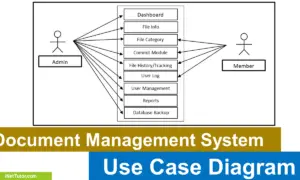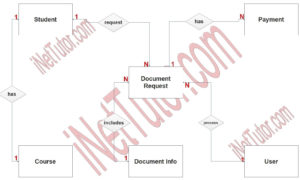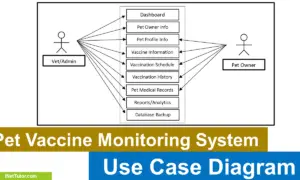Waste to Cash Platform Work Breakdown Structure
Introduction
Table of Contents
Imagine launching a groundbreaking project like the Waste to Cash Platform, where innovative technology transforms waste management into a profitable venture, but the sheer complexity threatens to derail your team’s efforts. This is where a Work Breakdown Structure (WBS) becomes your secret weapon. The Waste to Cash Platform is a digital solution designed to connect waste producers, collectors, and recyclers, enabling seamless transactions, real-time tracking, and sustainable revenue streams. With diverse stakeholders—local governments, recycling companies, and tech developers—and intricate functionalities like user dashboards, payment systems, and logistics tracking, managing this project can feel like herding cats. A poorly structured approach risks missed deadlines, budget overruns, and misaligned teams. Enter the WBS: a tool that breaks down this multifaceted project into bite-sized, actionable tasks.
In this post, we’ll dive into how a WBS can simplify and supercharge the development of the Waste to Cash Platform. By decomposing the project into manageable deliverables, a WBS ensures clarity, aligns stakeholders, and keeps everyone on track. Whether you’re a project manager juggling timelines, a developer coding critical features, or a stakeholder ensuring ROI, this post will show you how a WBS transforms chaos into order. We’ll provide a detailed WBS example tailored to the platform’s components, from user interface design to backend integration, and demonstrate how it streamlines execution. By the end, you’ll see why a WBS is not just a planning tool but a game-changer for turning the Waste to Cash Platform’s vision into reality.
The beauty of a WBS lies in its ability to make the complex feel simple. For a project as ambitious as Waste to Cash, with its mix of technological innovation and real-world impact, a WBS acts like a roadmap, guiding teams through development, testing, and launch. Stick with us as we explore the what, why, and how of WBS, complete with a practical example to inspire your next steps. Ready to conquer project chaos? Let’s dive in!
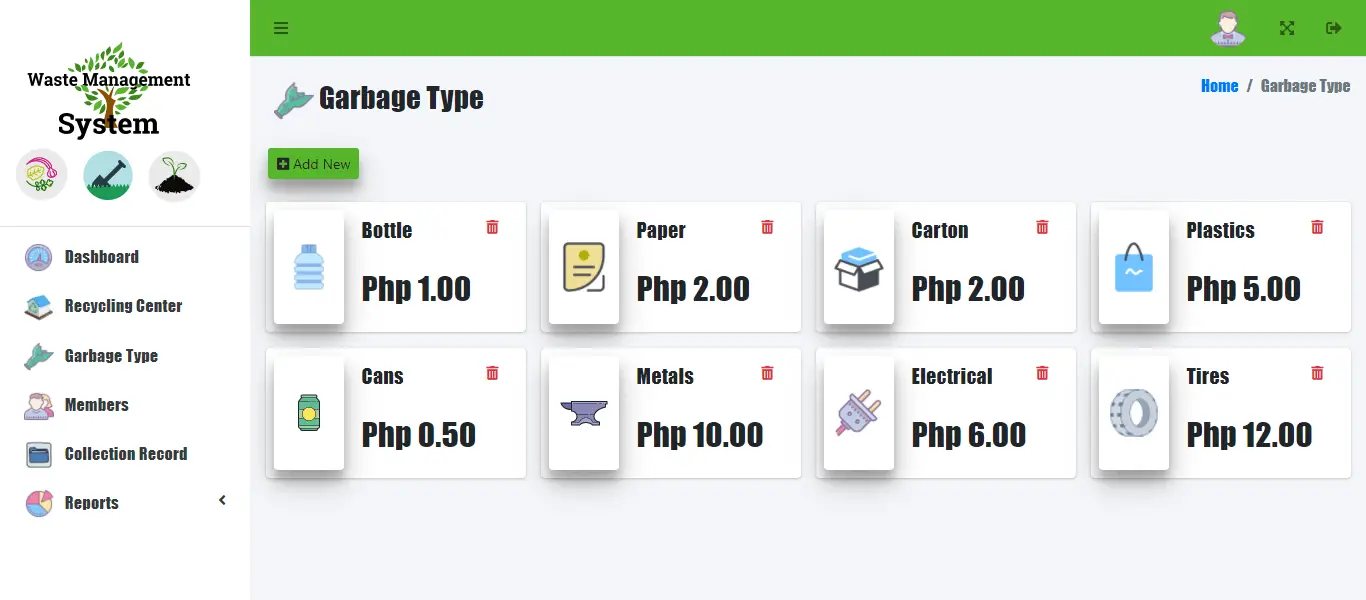
What is a Work Breakdown Structure and Its Purpose?
A Work Breakdown Structure (WBS) is a project management tool that takes a complex project and breaks it into smaller, manageable pieces. Think of it as a blueprint for building a house: you don’t start by hammering nails; you first outline the foundation, walls, and roof, then detail the tasks for each. Similarly, a WBS organizes a project hierarchically, dividing it into deliverables, tasks, and sub-tasks. For the Waste to Cash Platform, this means splitting the project into core components like app development, stakeholder onboarding, and marketing, then further into tasks like coding the payment gateway or designing user dashboards.
The core components of a WBS include:
- Deliverables: Tangible outcomes, like a functional mobile app or a trained support team.
- Tasks: Specific actions to achieve deliverables, such as integrating APIs or conducting user testing.
- Sub-tasks: Granular steps, like debugging code or drafting UI wireframes.
The purpose of a WBS is to bring clarity and structure to project execution. It defines the project scope, ensuring no task is overlooked, and organizes work so teams know exactly what’s expected. For the Waste to Cash Platform, with its intricate mix of tech development, stakeholder coordination, and sustainability goals, a WBS is invaluable. It clarifies who’s responsible for what—say, developers building the backend or logistics partners managing waste collection routes. It also improves coordination by aligning diverse teams, from coders to municipal partners, on shared goals.
Why is WBS critical for the Waste to Cash Platform? The platform’s complexity—integrating real-time waste tracking, secure payments, and multi-user interfaces—demands precision. Without a WBS, scope creep could balloon costs, or miscommunication could delay launches. By breaking the project into deliverables like “user authentication system” or “recycler onboarding process,” a WBS mitigates risks and keeps the project on track. It’s like planning a cross-country road trip: instead of vaguely heading west, you map out each stop, ensuring you reach your destination efficiently.
For beginners, a WBS demystifies project management, while seasoned pros appreciate its ability to streamline workflows. For the Waste to Cash Platform, it’s the difference between a chaotic launch and a sustainable, scalable success.
Benefits of Using WBS for Waste to Cash Platform
A Work Breakdown Structure (WBS) is a game-changer for the Waste to Cash Platform, addressing its unique challenges with precision. Here are four key benefits, tailored to the project’s needs:
- Enhanced Task Clarity: The platform’s diverse functionalities—like waste tracking, payment processing, and user dashboards—can overwhelm teams. A WBS breaks these into clear tasks, such as “design recycler dashboard” or “integrate payment API.” For example, by defining sub-tasks for UI design, developers avoid misinterpreting requirements, ensuring a seamless user experience.
- Improved Resource Allocation: With stakeholders like developers, recyclers, and municipalities, resource mismanagement is a risk. A WBS maps tasks to roles, ensuring the right people are assigned. For instance, assigning “logistics API integration” to backend developers optimizes time and budget, preventing overburdened teams.
- Risk Mitigation: The platform’s complexity invites risks like scope creep or missed deadlines. A WBS defines the project scope upfront, such as “complete beta testing by Q2.” When adding a new feature like real-time analytics, teams can assess its impact on the WBS, avoiding unplanned delays.
- Better Stakeholder Alignment: Coordinating diverse stakeholders—governments, recyclers, and users—requires alignment. A WBS creates a shared roadmap, detailing deliverables like “stakeholder training modules.” For example, by outlining tasks for municipal onboarding, all parties stay informed, reducing miscommunication.
These benefits directly support the Waste to Cash Platform’s goals of sustainability, scalability, and efficiency, making WBS an essential tool for success.
Example Work Breakdown Structure for Waste to Cash Platform
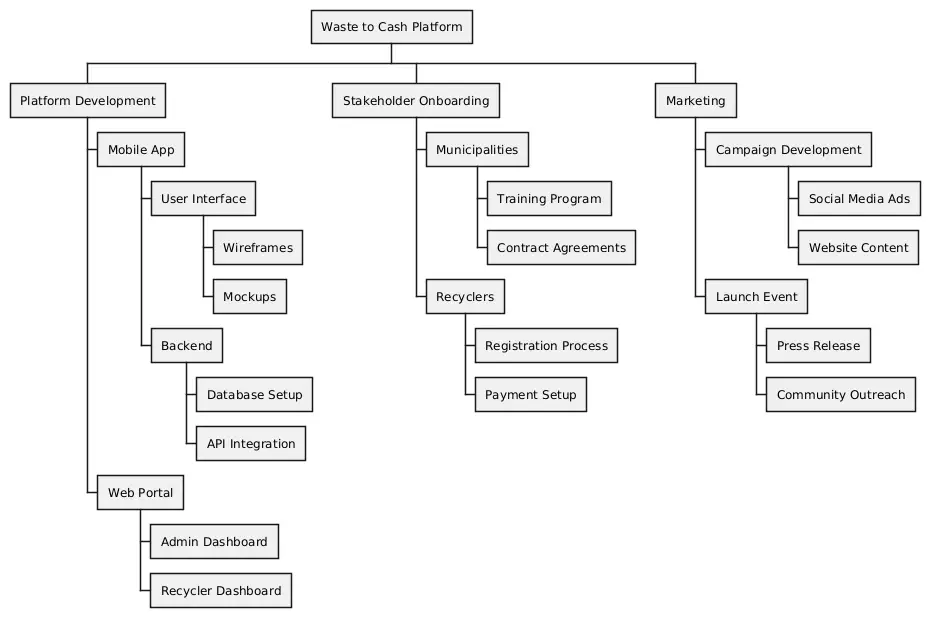
Below is a tailored Work Breakdown Structure (WBS) for the Waste to Cash Platform, organized by key components: Platform Development, Stakeholder Onboarding, and Marketing. The WBS is visualized using a PlantUML script, followed by a detailed explanation.
WBS Explanation
The WBS is structured hierarchically:
- Top Level: Waste to Cash Platform (the entire project).
- Level 1: Major components (Platform Development, Stakeholder Onboarding, Marketing).
- Level 2 and 3: Deliverables and tasks (e.g., Mobile App > User Interface > Wireframes).
Platform Development
This branch covers the technical backbone:
- Mobile App: Includes User Interface (designing wireframes and mockups for user-friendly navigation) and Backend (setting up databases and integrating APIs for waste tracking and payments).
- Web Portal: Features dashboards for admins (to manage users) and recyclers (to track transactions). Tasks include coding and testing each dashboard.
Stakeholder Onboarding
This ensures stakeholders are integrated:
- Municipalities: Involves a Training Program to teach platform use and Contract Agreements to formalize partnerships.
- Recyclers: Includes a Registration Process for onboarding and Payment Setup for secure transactions.
Marketing
This drives platform adoption:
- Campaign Development: Covers Social Media Ads and Website Content to attract users.
- Launch Event: Includes a Press Release and Community Outreach to build awareness.
The PlantUML diagram visually organizes these components into a tree, with each branch representing a deliverable or task. This structure clarifies responsibilities—developers focus on Platform Development, while the marketing team handles Campaign Development. By mapping tasks like “API Integration” or “Training Program,” the WBS ensures no aspect of the project is overlooked, paving the way for a successful launch.
How to Create a WBS for Waste to Cash Platform
Creating a Work Breakdown Structure (WBS) for the Waste to Cash Platform is a straightforward process that ensures clarity and efficiency. Follow these five steps:
- Define the Project Scope: Start by outlining the platform’s goals—connecting waste producers, collectors, and recyclers through a digital solution. Identify key deliverables, like a functional app, stakeholder partnerships, and a marketing campaign. For example, specify that the app must include waste tracking and payment features. This step prevents scope creep by setting clear boundaries.
- Identify Major Deliverables: Break the project into core components. For the Waste to Cash Platform, these include:
- Platform Development (app and web portal).
- Stakeholder Onboarding (municipalities and recyclers).
- Marketing (campaigns and launch events).
Use brainstorming sessions with stakeholders to ensure all deliverables align with project goals.
- Break Deliverables into Smaller Tasks: Divide each deliverable into actionable tasks. For Platform Development, the “Mobile App” deliverable splits into:
- User Interface (wireframes, mockups).
- Backend (database setup, API integration).
Ensure tasks are specific and measurable, like “design recycler dashboard” instead of “build app.”
- Assign Responsibilities: Map tasks to team members or roles. For example:
- Developers handle “API integration.”
- Marketing team manages “social media ads.”
- Project managers oversee “municipal training.”
Use tools like Trello or Jira to track assignments, ensuring accountability.
- Review with Stakeholders: Share the WBS with all stakeholders—developers, recyclers, municipalities—for feedback. Confirm that tasks like “payment setup” meet recycler needs or that “training programs” suit municipalities. Revise the WBS to address gaps, then finalize it as a shared roadmap.
This process transforms the Waste to Cash Platform’s complexity into a clear plan, ensuring timely delivery and stakeholder alignment.
PlantUML Script
plantuml @startwbs * Waste to Cash Platform ** Platform Development *** Mobile App **** User Interface ***** Wireframes ***** Mockups **** Backend ***** Database Setup ***** API Integration *** Web Portal **** Admin Dashboard **** Recycler Dashboard ** Stakeholder Onboarding *** Municipalities **** Training Program **** Contract Agreements *** Recyclers **** Registration Process **** Payment Setup ** Marketing *** Campaign Development **** Social Media Ads **** Website Content *** Launch Event **** Press Release **** Community Outreach @endwbs
Explanation
The PlantUML script creates a hierarchical WBS diagram for the Waste to Cash Platform, using a tree-like structure. Each level is denoted by asterisks (*), with more asterisks indicating deeper hierarchy:
- * Waste to Cash Platform: The project root.
- ** Platform Development: A major deliverable, split into:
- *** Mobile App: Includes User Interface (wireframes for layout, mockups for visuals) and Backend (database for data storage, APIs for functionality).
- *** Web Portal: Covers dashboards for admins and recyclers.
- ** Stakeholder Onboarding: Includes:
- *** Municipalities: Tasks like training and contracts.
- `*** Recyclers**: Tasks like registration and payment setup.
- ** Marketing: Includes:
- *** Campaign Development: Ads and content.
- *** Launch Event: Press and outreach.
The diagram visually organizes tasks, making it easy to see dependencies and responsibilities. For example, “API Integration” under Backend shows it’s a critical task for app functionality. This clarity ensures teams stay focused and stakeholders remain aligned.
Summary and Conclusion
A Work Breakdown Structure (WBS) is a powerful tool for managing the Waste to Cash Platform, transforming its complexity into a clear, actionable plan. By breaking the project into deliverables like Platform Development, Stakeholder Onboarding, and Marketing, a WBS ensures task clarity, efficient resource allocation, risk mitigation, and stakeholder alignment. Our example WBS, visualized with PlantUML, detailed tasks like “API integration” and “municipal training,” showing how it organizes the platform’s diverse components. The five-step process—defining scope, identifying deliverables, breaking into tasks, assigning roles, and reviewing—makes creating a WBS accessible and effective.
For a project as innovative as Waste to Cash, a WBS is the key to turning vision into reality. It streamlines development, aligns teams, and ensures timely delivery. Ready to take control of your project? Create your own WBS for the Waste to Cash Platform using our guide, experiment with PlantUML to visualize it, or share your insights in the comments. Embrace WBS to conquer complexity and drive success—your sustainable, profitable platform awaits!
You may visit our Facebook page for more information, inquiries, and comments. Please subscribe also to our YouTube Channel to receive free capstone projects resources and computer programming tutorials.
Hire our team to do the project.
